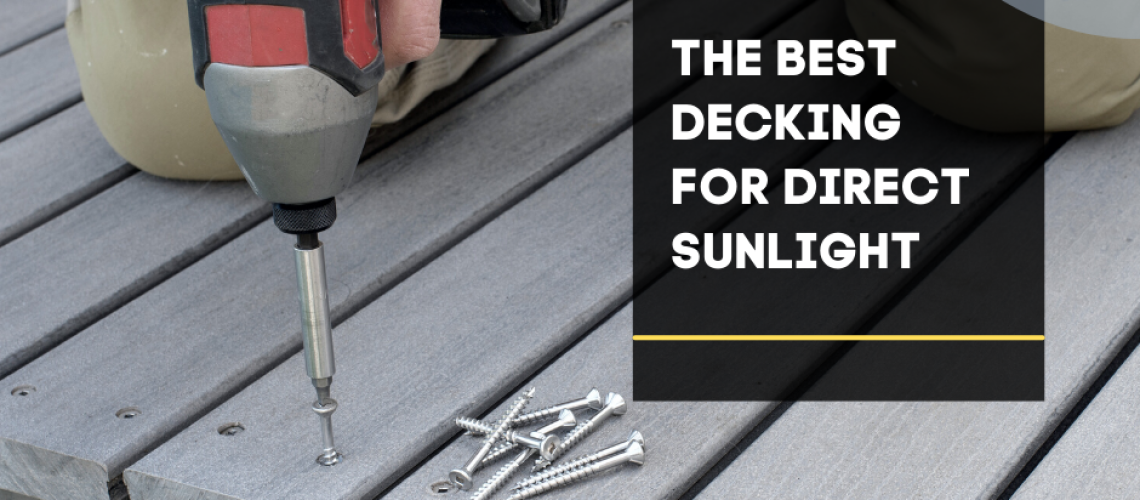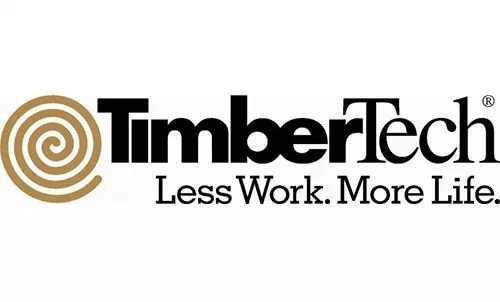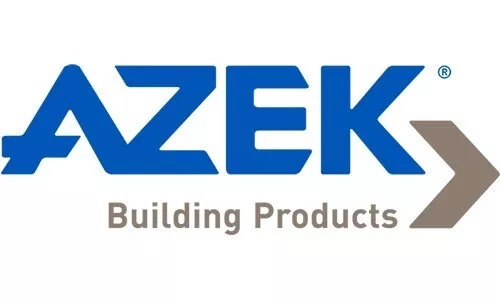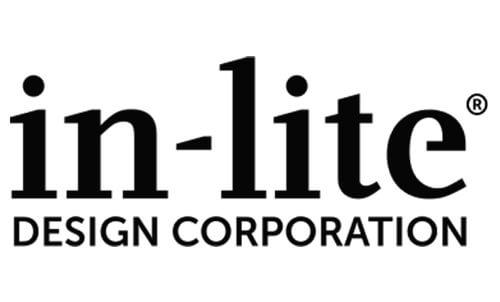Do you have a deck on the south side of your property? Whether it be your business, home, or even the lake, you may notice your deck may be getting a little greyish. This is because the sun’s rays do more damage to your deck than moisture. Direct sun will dry out the wood, making it brittle and dangerous.
Here are a couple of solutions for direct sunlight on your deck, plus a few different decking board materials used for direct sunlight
DIRECT SUNLIGHT
Direct sunlight will dry out the structure of your wood deck. The UV rays only dry out the surface of the deck, but this still leaves it open to moisture and will make your deck look unsightly. In addition, the humidity could lead to your deck collapsing or breaking.
Here are some solutions to help your deck if it’s in direct sunlight
- Stain Your Deck Frequently – All wooden decks should have a stain. A stain with a heavy tint is ideal. The heavier the tint in your stain, the better. The tint helps protect the wood from UV radiation. It would be best if you stained your deck every second year.
- Shades and Coverings – Another way to protect your deck and make it look pretty is by adding some shadings, like awnings, bamboo blinds or roller shades. You should also put up vines (if you don’t mind waiting a couple of years for them to grow.)
Best Decking for Direct Sunlight
These decking materials are time-tested for hot sunny weather. In addition, these woods are dense, with tight grains. This helps prevent the deck from splintering, splitting, and cracking.
- Teak – is known for resistance to water, rot, and mould. Teak can handle intense sunlight with teak decking though you have to maintain it with a good stain or oil to keep up the dark colour. If you don’t stain the teak, it will turn grey quickly.
- Eucalyptus – is an excellent material because of its dense, tight-grained board. Even without the bark, eucalyptus is highly resistant to UV rays. Due to the high oil content in eucalyptus, it is resistant to water and pests. The downside to eucalyptus is that it’s expensive and rare. Eucalyptus has to be pre-drilled and sold in different lengths. This leads to a longer installation time.
- Acacia (AKA Locust) – a well-known wood in the Mediterranean used to make furniture, houses, tool handles, and decking. Like every other wood, acacia also needs a good sealing or a lightly tinted stain.
Fully Capped Composite – This is more of your modern material. Fully capped is the substance that seals the board, protecting it from harsh UV rays. The nice thing about composite decking is that there is no need to oil or stain your deck.











